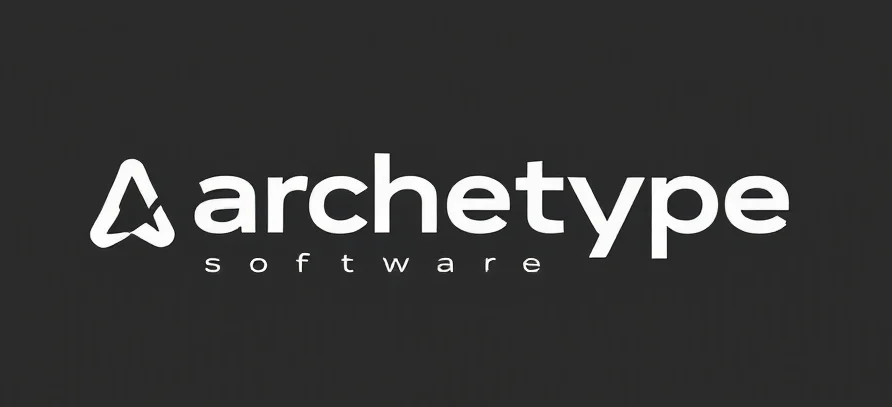Unlocking the Power of B2B Sales Tools: A Journey Through the Modern Sales Ecosystem
Imagine you’re navigating through a bustling marketplace, filled with countless vendors, each offering their unique wares. In this vibrant setting, how do the best sales teams stand out? The answer lies in the smart use of b2b sales tools. Just like a seasoned trader uses a combination of keen instincts and specialized instruments to close deals, today’s sales professionals rely on a suite of digital tools to streamline their journeys, understand their clients better, and ultimately, seal the deal.
The Evolution of Sales: From Intuition to Innovation
Once upon a time, sales was all about face-to-face conversations, gut feelings, and a bit of luck. But as technology advanced, so did the game. Now, sales teams are akin to starship captains navigating the galaxy of data and customer insights—leveraging sophisticated tools that make the complex universe of B2B sales more manageable.
These tools aren’t just fancy add-ons; they’re mission-critical components that empower teams to be more strategic, more precise, and more responsive. Whether it’s automating repetitive tasks or providing deep insights into customer behaviors, modern B2B sales tools are transforming the way businesses connect, communicate, and convert.
Key Archetypes of B2B Sales Tools
1. Customer Relationship Management (CRM) Systems
Think of CRM systems as the command center of your sales spaceship. They keep track of every interaction, every lead, and every follow-up. Imagine a sales rep trying to remember every detail about a prospect—impossible, right? CRM tools like Salesforce or HubSpot serve as the digital memory banks, ensuring no detail slips through the cracks. They help personalize outreach, nurture relationships, and provide a holistic view of the customer journey.
2. Sales Engagement Platforms
Next, picture a device that helps you communicate more effectively—sending personalized emails, scheduling calls, and tracking engagement. Sales engagement platforms like Outreach or SalesLoft automate these touchpoints, allowing reps to focus on what truly matters: building genuine connections. They also provide analytics to see what messaging resonates, turning sales into a data-driven art form.
3. Data & Analytics Tools
In the sci-fi realm of sales, data analytics act as the ship’s sensors, revealing hidden patterns and opportunities. Tools like Gong or Chorus analyze conversations, uncovering insights into customer needs and objections. They help sales teams anticipate questions and craft tailored pitches—making each interaction feel more like a personalized dialogue than a scripted pitch.
4. Content Management & Sharing Platforms
Imagine having a library of star maps—ready to guide your journey. Content management platforms like Seismic or Highspot organize sales collateral, making it easy for reps to access the right materials at the right moment. They ensure messaging remains consistent and compelling across every touchpoint.
5. Automation & Workflow Tools
Automation tools are like your starship’s autopilot—handling routine tasks so your crew can focus on strategic missions. From scheduling emails to updating CRM entries, these tools save countless hours, reduce errors, and accelerate the sales cycle.
The Convergence: A Unified Ecosystem
While each of these archetypes plays a vital role, the real magic happens when they work together seamlessly. Think of it as a well-orchestrated space fleet, where each ship communicates effortlessly, sharing data and coordinating actions. Integration platforms and APIs connect these tools, creating a unified ecosystem that empowers sales teams to operate with agility and insight.
Storytelling in Action: The Modern Sales Saga
Picture Sarah, a sales rep at a B2B tech company, preparing for a crucial pitch. Thanks to her integrated toolkit, she reviews detailed customer insights from her analytics platform, personalizes her outreach using data from her CRM, and shares relevant case studies from her content library—all in a matter of minutes. During the call, Gong’s conversation analytics help her address objections before they even surface, making her approach feel intuitive and tailored. Afterward, her automation tools follow up with the prospect, keeping the momentum alive.
This isn’t just a story of technology; it’s a story of transformation. It’s about how modern tools empower sales teams to be more human—more strategic, more empathetic—while handling the complexity of B2B relationships with finesse.
The Final Frontier
As we gaze toward the horizon, the future of B2B sales is brimming with possibilities. Artificial intelligence, machine learning, and even more integrated platforms promise to make sales processes smarter and more intuitive. The key takeaway? Embrace these tools not just as gadgets, but as vital co-pilots on your sales journey.
In this vast universe of B2B sales, those equipped with the right tools will navigate more effectively, build stronger relationships, and ultimately, reach their destination faster. The stars are aligning—are you ready to harness the power of modern B2B sales tools?
Checkout ProductScope AI’s Studio (and get 200 free studio credits)
